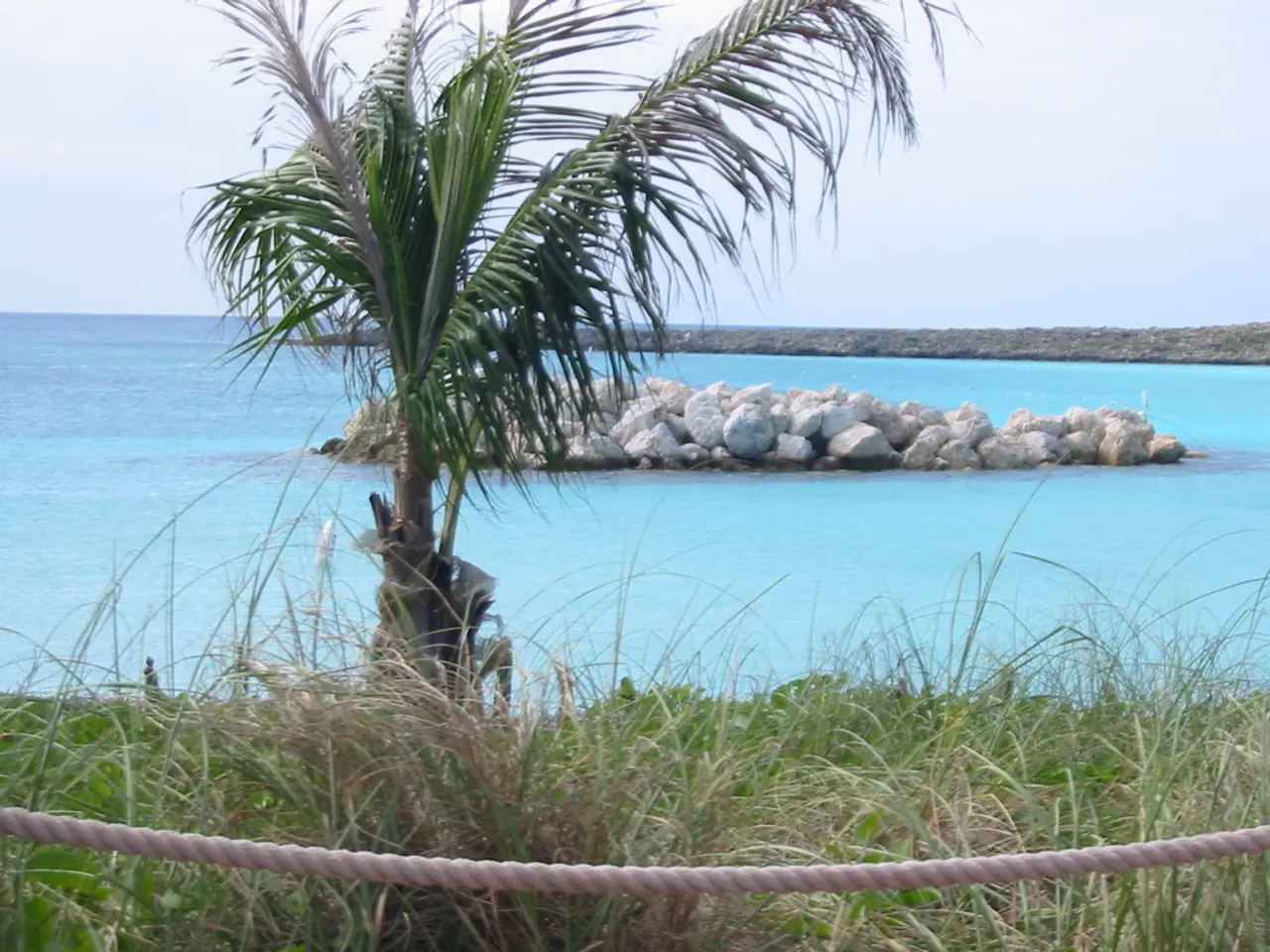Examining the Properties and Value of Tanzanite
In the heart of Tanzania, nestled at the foothills of Mount Kilimanjaro, a gemstone of captivating beauty and rarity was discovered in 1967 – tanzanite. This mesmerizing blue-violet gemstone, with its unique color and symbolism, has since become a prized possession in the world of gemstones.
Tanzanite's rarity and high value can be attributed to several key factors. Geographical exclusivity plays a significant role, as tanzanite is found only in a very small area near Mount Kilimanjaro, making it geographically unique and extremely rare in nature.
The scarcity of tanzanite is another factor that drives its value. Experts estimate that it is up to 1,000 times rarer than diamonds, and current projections suggest that the natural supply might be depleted within 20 to 25 years. This limited supply heightens its value over time, as availability diminishes.
The allure of tanzanite lies not only in its rarity but also in its distinctive color. Tanzanite's mesmerizing blue-violet hue is highly sought after for its beauty and symbolism of transformation, intuition, and spiritual growth. This color quality adds to its desirability and premium pricing.
Tanzanite's market demand and symbolic significance also contribute to its value. Since its discovery in the late 1960s, tanzanite has gained fame as a modern gemstone with strong emotional and symbolic connections, often used as a meaningful gift for December birthdays and other special occasions. This cultural and emotional appeal increases its market demand and value.
Approximately 270 million carats of tanzanite are mined each year, equating to 54 tonnes. However, the vast majority of tanzanite on the market today is heat-treated to enhance its color and marketability. If tanzanite is not heat-treated, it will show three pleochroic colors: red-violet, deep blue, and a greenish yellow.
When purchasing a piece of tanzanite jewelry, it is important to examine the cut, clarity, and any presence of chips or cracks using a 10x loupe. Comparing a number of tanzanite stones can help gauge the hue and saturation of color.
It is worth noting that tanzanite is the purplish blue variety of zoisite, a species of gemstones with the same chemical composition. Tanzanite measures between 6 to 7 on the Mohs scale, making it more liable to scratches and damage.
The current method for creating synthetic tanzanite is unknown. However, synthetic forsterite can be used as a convincing tanzanite simulant at first glance.
For those interested in learning more about gemmology, the Gem-A Gemmology Foundation course and various Short Courses and Workshops are available for starting a gemmology journey. The Gem-A Gemstone & Mineral Collection includes tanzanite, sugilite, stibnite, and decorative fossils.
In the gemstone world, tanzanite stands out as a unique and valuable gemstone, with its rarity, captivating color, and growing demand rooted in symbolism and modern legend. The largest piece of tanzanite rough ever reported was found in 2005 by TanzaniteOne Mining Ltd, weighing 16,839 carats. The largest tanzanite ever sold at auction is the 423.56 Namunyak Tanzanite, which fetched over $300,000 USD in 2016.
- The foundation course in gemmology offered by Gem-A is an excellent starting point for those who wish to embark on a journey into the world of gemstones.
- Apart from tanzanite, the Gem-A Gemstone & Mineral Collection showcases other rare and intriguing gemstones and minerals such as sugilite, stibnite, and decorative fossils.
- Tanzanite's unique color, a mesmerizing blue-violet hue, is often symbolic of transformation, intuition, and spiritual growth, contributing to its desirability and premium pricing in the market.
- Geographical exclusivity and scarcity are two major factors that drive the high value and rarity of tanzanite, with experts estimating that it is up to 1,000 times rarer than diamonds.
- In the entertainment industry, tanzanite's captivating beauty and symbolism have been featured in various films and television shows, further highlighting its status as a modern and valuable gemstone.
- In the field of education and self-development, the knowledge of identifying and understanding tanzanite can be an enriching hobby or even a potential career in the gemstone industry through courses and workshops.
- Within the realm of finance, the increased demand for tanzanite due to its rarity and symbolic significance has led to a flourishing market for tanzanite jewelry and investments.
- The limited supply and depletion of natural tanzanite within 20 to 25 years, as projected, underscores the importance of maintaining and preserving the existing resources for the future, while also fostering research and technology to develop sustainable methods of tanzanite production.




